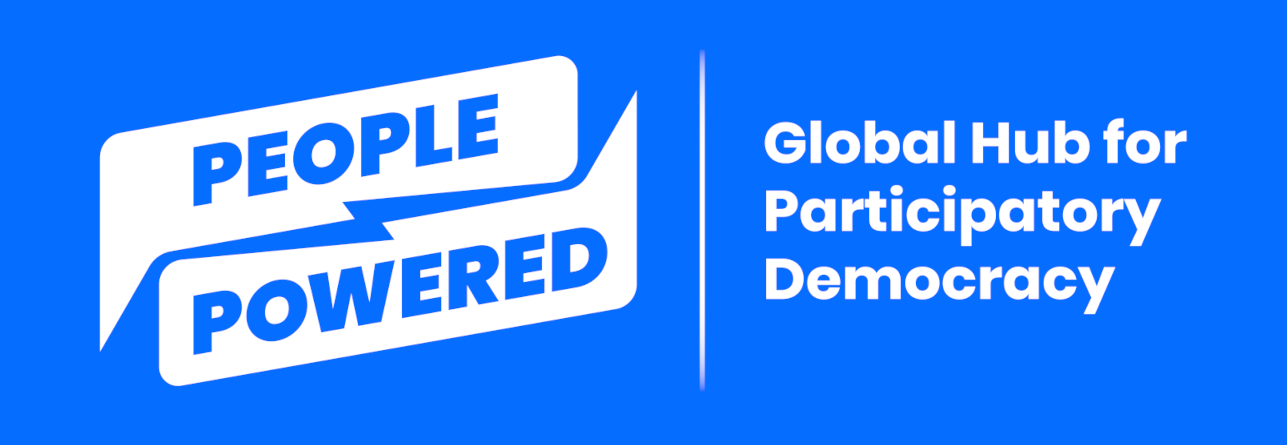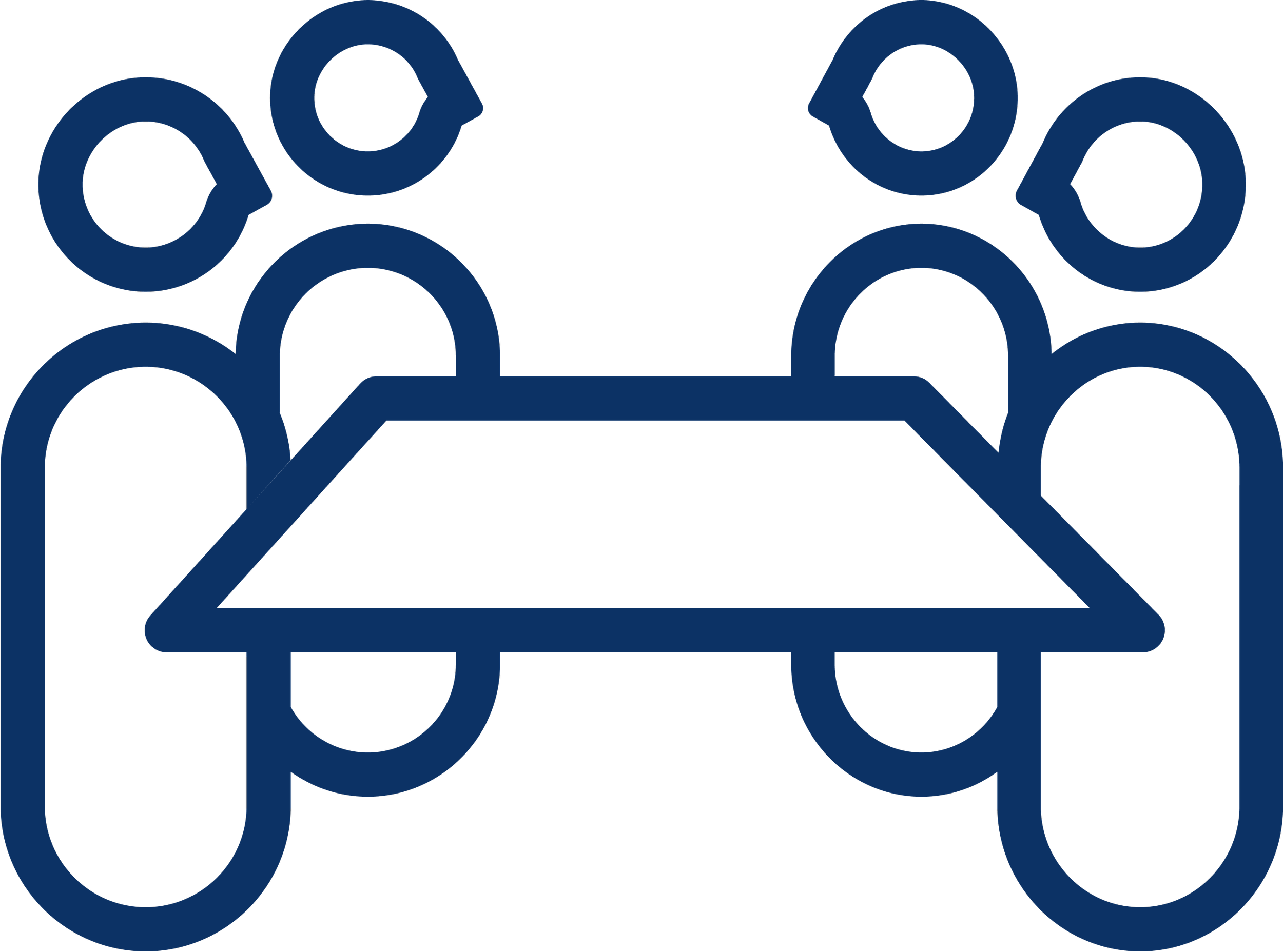Member Convening
Navigating Mexico City
Mexico City is the capital of Mexico. It is also one of the biggest cities in the world. Its population is officially 10 million people, but everyday it hosts more than 25 million people, who live and work here.
Believe it or not, Mexico City is actually greener than you would expect. There are many trees in the streets and it has a big park called Bosque de Chapultepec. This park is bigger than Central Park in New York and it is home to 3 museums and a zoo. It also has several jogging tracks. It’s not far from our hotel (around 15 minutes by bus).
Most people in Mexico City speak Spanish, but if you listen carefully you will be able to catch some indigenous languages among its inhabitants. English is not so widespread, but all tourist sites will have people who can communicate in English.
Currency
The official currency in Mexico is the Mexican peso (MXN). The average exchange rate with the dollar is 1 USD = $18 MXN.
Mostly all establishments take credit and debit cards, but some are still cash only or require minimum or additional fees. If desired, you can get cash from an ATM, or bring some cash and go to an exchange house (regular currencies they take include: USD, EURO, Canadian Dollars, Pounds, Yen and Brazilian Real). Recommendations:
If you are planning to go to an ATM, go with another person during the day.
Carry some cash with you ($25-$50 USD or $500 - $1000 MXN)
If you are exchanging money, do it at the airport, or go to a bank.
Transportation
To move around in Mexico City the most cheap and efficient way is public transport. Metro (subway) and Metrobus (BRT) are the most recommended. You can use a single card for both of them. You can get this card at any metro station. The nearest metro station to our hotel is Metro Hidalgo.
The card has a cost of 21 MXN (2 USD) and includes 6 MXN in credit. A metro ride cost 5 MXN (0.25 USD) and metrobus 6 MXN. You can recharge your card in every metro station and in almost all metrobus stations.
You can download the Metro and Metrobus maps in this link.
You can also use Uber, a taxi from the hotel, or an official taxi from the airport. It is not highly recommended to call random taxis in the street since many of them do not speak English.
Food in Mexico City
This is a city of chaos and beauty. It carries his history, scars, and magnificence in each bite. Deeply bonded with the corn that you can find everywhere.
An enormous variety of dishes shares common elements harmonized in different ways giving every one a unique identity. Tacos, gorditas, quesadillas, chilaquiles, chalupas, enchiladas, esquites, pozole, tostadas, flautas, tlacoyos, huaraches are all made with corn and chilies, but are all different.
Make no mistake, here you can find ingredients that blow your mind and very common ones prepared in ways that you would never expect. Nothing goes to waste in this ravenous city.
On the street, you will find endless food places which hold the secrets of the flavor. The warm and kind hands of the people that own them express their love and passion in the food that keeps us walking.
In this city, you'll find a wide variety of dishes that will satisfy any person.
Take this little guide as a compass to know some of the most common and beloved food divided into three main meals for your day.
Breakfast, the most important meal of the day. Early in the morning, you can always start your day with tacos, the emblematic Mexican dish, there are many different types. In the morning, carnitas, pork cooked for hours in its own fat, you can find any part of the pork, topped with coriander and onion. Barbacoa, sheep traditionally cooked underground for hours, very soft and with great flavor. Traditionally sided with consomé, a broth made with the juices released by the meat, chickpeas, and rice. Chilaquiles are fried tortillas in triangles and stewed in red or green sauce, topped normally with sour cream, cheese, and optionally some meat or eggs, which are energy for the whole day. Tamales are masa cooked inside the corn leaves, the most common flavors are green sauce, mole, rajas (chilies and cheese), and a sweet variety, and then the “Guajolota”, a tamal wrapped in a salty bread (bolillo), portable and delicious.
For the afternoon, tacos de guisado, different stews that you would find in any Mexican house accompanied with rice. An option is to try different dishes in a single meal, where there are normally vegetarian options. Pozole is a pork or chicken broth with meat and corn grains, and tostadas (fried tortillas), onion, oregano, lettuce, and radish on the side.
At night, the classic suadero tacos, a tough cut that is cooked in lard for a long time together with longaniza, a slightly spicy kind of Spanish sausage, tripe and pastor are among the most beloved. Esquites (corn kernels with epazote, mayonnaise and/or cheese) are among the most popular night time snacks, along with quesadillas, tortillas made at the moment, with a filling of your choice. Sopes, small circles of dough with beans, salsa and onion among many others.
Go out, feel the city. Discover their food and the stories behind them. If you are vegetarian or vegan don’t worry - there are amazing options throughout the city. One more thing: Never trust a Mexican when you ask if something is spicy!
Basic Mexican words
The most common language in Mexico is Spanish, here you will find a basic words and few helpful sentences to move around:
Hola! - Hi/hello
Como estas? - How are you?
Gracias- Thank you
Por favor - please
Con permiso - excuse me
Perdón - Sorry
¿Dónde está el baño?- Where is the bathroom
¿Dónde está la salida? - Where is the exit?
¿Puedo pagar con tarjeta? - Can I pay with (a credit) card
La cuenta, por favor. - Check, please
Estoy perdido/a. - I am lost
¿Cómo llego al Hotel Fontan? - How do I get to Hotel Fontan?
Busco una farmacia. - I’m looking for a pharmacy.
Mexican slang:
Qué onda? - What’s up?
¡Está muy chido! - This is very cool!
¡Órale, qué bien! - Wow, that’s good!
¡No manches! - No way!
¿Quieres una chela? - Do you want a beer?
Places to visit nearby
If you want to have a quick tour, you can walk to this destinations:
Monumento a la revolución mexicana, cuenta con un mirador. $7.50
Museo de Arte Popular. $3
Palacio de Bellas Artes. Costo $4
Palacio Postal. Costo $3
Museo Nacional de Arte. Costo $4.50
Centro Cultural de España. Free
Museo Mural Diego Rivera Costo $2
Biblioteca Lerdo de Tejada. Free
Laboratorio Arte Alameda. Free
Templo Mayor $4.50
In this link you'll find the locations. Looking for something else? You can always ask us for advice
Safety Recommendations
Earthquakes
Mexico City is located on a seismic zone. This means we get earthquakes from time to time. This also means we are prepared for earthquakes. We have an early alert system that notifies us when an earthquake is about to occur. This is because most earthquakes that are felt in Mexico City have their origins in the Pacific Ocean coastline, so we can calculate how long it will take for the earthquake to reach the city.
If an earthquake occurs while you are in the city, please remain calm. This is the first step towards safety and this will help us all deal with the situation in the best way possible.
Step 1: You will hear the seismic alert
Please follow instructions from the civil protection brigade on whether to evacuate prior to the earthquake or to remain in place. Earthquakes normally last between a couple of seconds and one or two minutes.
Step 2: Evacuate the premises
Follow the instructions from the civil protection brigade to evacuate the building. Leave your stuff behind and please do not run.
Step 3: Wait for further instructions
Experts will evaluate whether it’s safe to go back to the building or not. Just follow their lead.
Step 4: Stay tuned in for aftershocks
Sometimes, there will be smaller earthquakes. Remain alert as the protocol for them is the same
Walking around in the city
Mexico City is a big and chaotic city. Its safety levels are comparable to any major city in the world. We advise you to not publicly display your watch or jewelry and to keep your passport in your room’s safe.
We recommend always being aware of your surroundings and not using your cell phone while walking in the street.
Emergency contacts (ambulance, police, etc.)
If you find yourself in an emergency situation, you can always call 911. This connects you to the police, firefighters, ambulances, etc.
There are panic buttons on many streetlights. You can click on the button and ask for immediate help through the sound system they have.
Covid protocol
If you are experiencing any COVID symptoms (cough, fever, sore throat, muscle pain, etc.), please wear a mask immediately (the PP team has some for this purpose) and get COVID tested (ask the PP team for a rapid test) to avoid spreading the virus to other participants. If your test turns out to be negative, please keep wearing the mask for the rest of the convening as a matter of precaution. If your test is positive, please quarantine in your room. People Powered will be covering up to 5 extra nights at the hotel if you become COVID positive during the convening, in case you need them to complete 5 days of quarantine. You will also have access to medical treatment at Mexico City hospitals in the case you require it.





